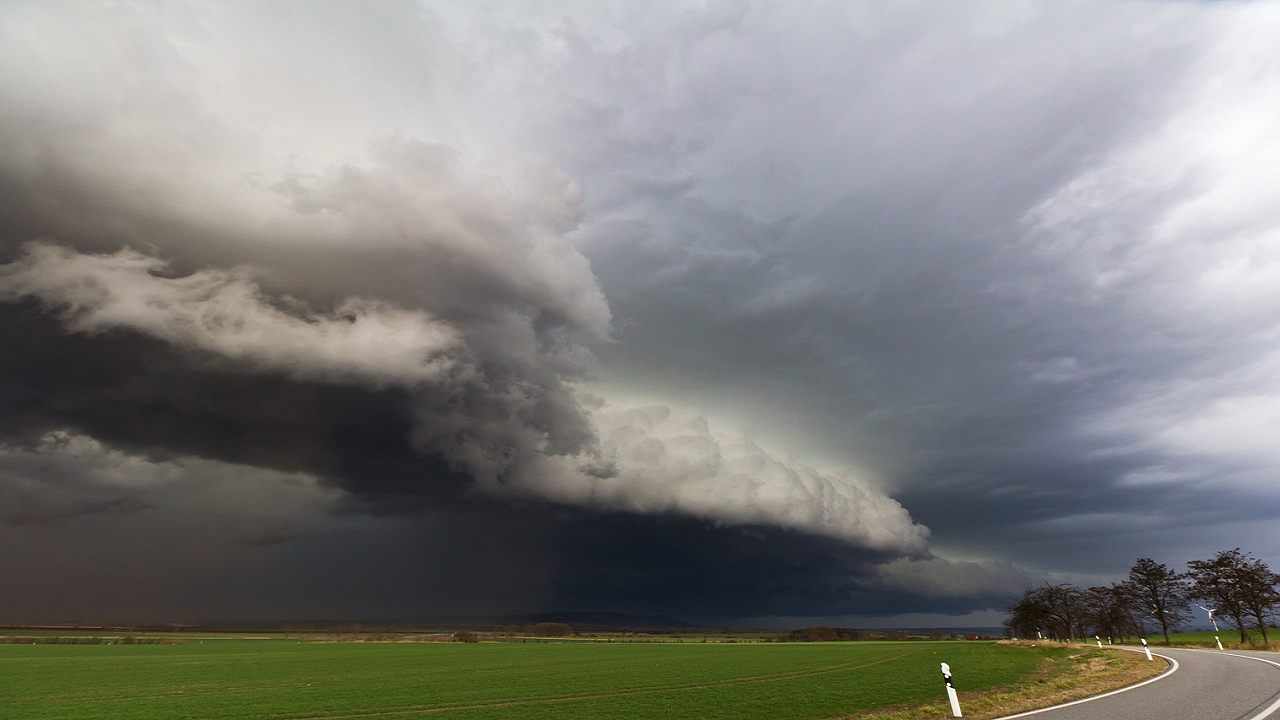
Researchers from around the world have conducted a recent study proposing that Saharan dust clouds may play a role in mitigating atmospheric methane. This discovery could have significant implications for comprehending the global methane budget and the factors contributing to the escalating rise in atmospheric methane levels.
The study introduces a novel mechanism involving the interaction of blowing mineral dust and sea spray, resulting in the formation of Mineral Dust-Sea Spray Aerosol (MDSA). This newly identified process is believed to have implications for the regulation of methane and could influence the overall balance of methane in the atmosphere.
As per the study published in PNAS, researchers found that Mineral Dust-Sea Spray Aerosol (MDSA) gets activated by sunlight, leading to the production of numerous chlorine atoms. These chlorine atoms play a significant role in oxidizing atmospheric methane and tropospheric ozone through a process called photocatalysis. MDSA is primarily composed of dust from the Sahara Desert and sea salt aerosol from the ocean, making it the main source of atmospheric chlorine in the North Atlantic.
To reach these conclusions, the study utilized a combination of global modelling, laboratory experiments, and field observations. One crucial piece of evidence came from air samples collected in Barbados, which exhibited seasonal depletion of the stable isotope 13CO. This depletion had puzzled scientists for two decades. Through their research, the scientists linked this phenomenon to the reaction between chlorine atoms and methane, with carbon monoxide being the first stable product formed during atmospheric methane oxidation. The study's findings shed light on a previously unexplained depletion of 13CO and provide a better understanding of the role played by MDSA in influencing atmospheric methane and ozone levels.
The researchers employed a comprehensive global 3-D chemistry-climate model (CAM-Chem) and integrated increased chlorine from the MDSA mechanism into the model. As a result, the model's outcomes aligned well with the Barbados data, successfully explaining the depletion of 13CO.
The study reveals that if the Mineral Dust-Sea Spray Aerosol (MDSA) effect observed in the North Atlantic is extended globally and shows similar efficiency in other regions, global atmospheric chlorine concentrations could be about 40% higher than previously thought. This finding has the potential to change the understanding of methane emission sources on a global scale when factored into methane modeling.
Lead author Maarten van Herpen points out that while methane emissions from biological sources like wetlands and agriculture may be increasing due to global warming, the recent surge in dust from North Africa has likely led to increased methane oxidation in the atmosphere. This has partially counteracted the growth in biological methane emissions. Incorporating this factor into atmospheric modeling could highlight that methane emissions from biological sources are rising even faster than initially assumed.
In further research, the scientists are diligently examining air samples from various locations across the North Atlantic, obtained from atmospheric observatories and commercial ships. So far, they have collected 500 air flasks, but a full year of data is needed to draw definitive conclusions.









